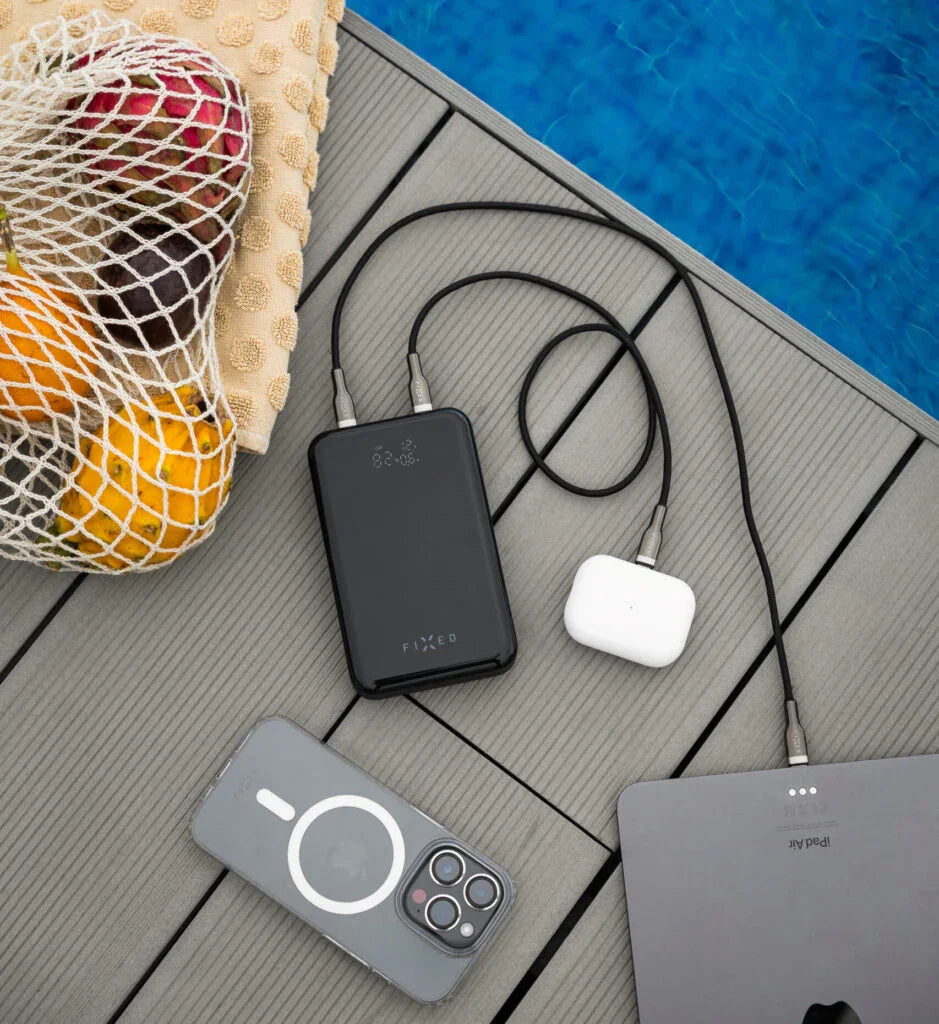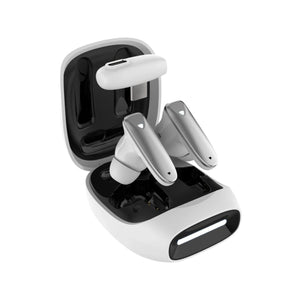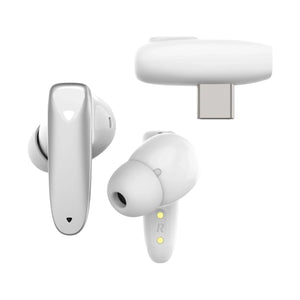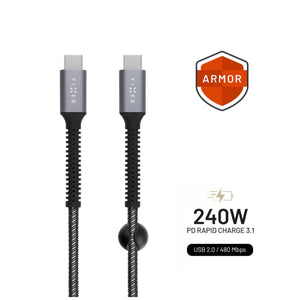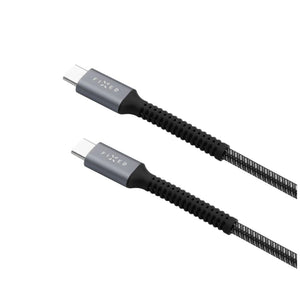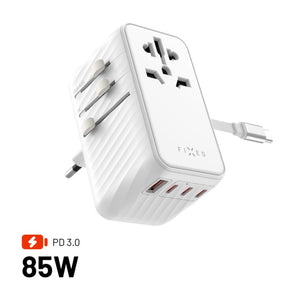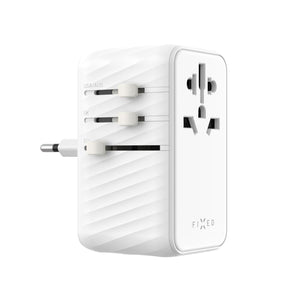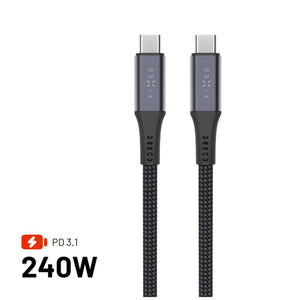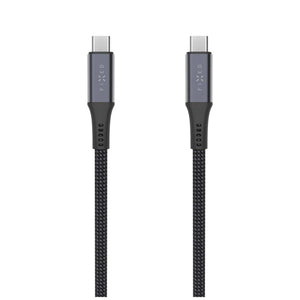Do you need to have a charged mobile phone, but you can't get to an electrical outlet for tens of hours or even several days? A power bank will save you. Read what you will use it for, how to choose the ideal one for you or how to charge it properly.
The power bank charges your mobile phone, tablet and headphones
To put it mildly, a power bank is sometimes a matter of life and death. For example, in a situation where you are traveling, you do not have access to electricity, and the last 5% of the battery lights up on your mobile screen.
It is a portable external device that serves as a backup power source for charging a mobile phone, tablet, camera, headphones or even a smart watch . It is most often equipped with a lithium battery with a high capacity and a long service life. Each power bank has a different capacity, but more on that later.

As you will see below, there are different types of power banks, including those with multiple outputs to charge multiple devices at once. Each output has a certain maximum power depending on which type of port it is (e.g. USB-A or USB-C).
Regarding lithium batteries in power banks, manufacturers usually use two types: either lithium-ion (Li-ion) or lithium-polymer (Li-Po). The former are preferred for their high energy density, while the latter boast greater flexibility and safety.
Do you know that the price of lithium has a significant impact on the production costs of power banks? The reason is precisely the lithium-ion and lithium-polymer batteries that are inside these devices. In recent years, the price of lithium has fallen, which, as expected, also affected the prices of power banks.
Which type will you choose?
When you hear the word "power bank", you might first imagine a simple black box with a USB port. But time has progressed and you can find several other types of power banks on the market today. Most often these are:
- Classic power banks with USB-C or USB-A port (or with multiple ports)
- Fast charging power banks
- Wireless power banks - if, for example, your mobile phone supports wireless charging, just attach it to the wireless power bank and it will start charging immediately.
- Solar power banks – have solar panels that allow the battery to be charged using solar energy. They are ideal for use during outdoor activities such as camping or hiking.

When choosing a power bank, focus on capacity and charging speed
If you're buying your first power bank, you're probably thinking about which parameters to take into account when choosing one. And that's right! The following criteria are clearly the most important for us.
Capacity
Users usually look at this parameter first. It determines how much energy a given power bank can hold, and therefore how many times it can charge a mobile phone, tablet, headphones or other device. The capacity is given in mAh (milliampere hours) and the higher the number, the more energy the power bank will transmit.
You will most often come across devices with a capacity of 5,000, 10,000 and 20,000 mAh, but you may also find one in the FIXED menu with a capacity of 30,000 mAh. While power banks with a capacity of up to 10,000 mAh are more suitable for occasional charging for a shorter period of time, the "fuller" ones (10,000 and more) will pull the thorn out of your heel during longer trips and you can charge more electronics at once with them.

Power bank FIXED Zen 30 with LCD display and 30,000 mAh capacity.
Do you need to regularly charge a larger device such as a laptop or tablet? Therefore, we recommend a power bank with a capacity of at least 20,000 mAh.
And what about power transfer when connecting multiple devices? The power bank will divide the power based on their needs and the capacity of the ports . For example, if one port has 18W and the other has 12W, then the device with higher charging requirements will use the higher power port. Modern power banks with USB Type-C Power Delivery (PD) technology can then automatically adjust the output power according to the needs of the connected device.
This flexibility ensures that all devices will charge as efficiently as possible.
Charging speed
This criterion will be important for you if you need to charge your electronics using a power bank as quickly as possible. The charging time depends on the output current from the connector, the manufacturer states it in amperes (A). The higher the input current, the faster the charging. The fastest is charging marked 3A (mostly within the lower tens of minutes), the medium-fast 2A and the slowest 1A.
Power bank connectivity
Choose a power bank so that you can charge all your devices with it - i.e. so that it has, for example, the same connectors as your phone, tablet or headphones. You will most often come across USB-C and USB-A connectors on the outputs, but it is ideal if the power bank offers several connectors at once. If the product can also charge wirelessly, you can combine different methods of charging energy.
How to properly maintain and charge a power bank
In order for your new power bank to last as long as possible, we have several recommendations for you on how to properly care for it. Of course, always follow the instructions in the manual of the specific device, but in general it is good to:
- Avoid high temperatures and humidity. The optimal operating temperature for the power bank is between freezing point 35°C.
- Do not overcharge the power bank. If the device starts to indicate that it is charged, disconnect it from the charger.
- Charge the power bank regularly and ideally keep the charge level between 20 and 80%.
- Use only quality cables for charging.
- Use fast charging only when necessary. This will prevent unnecessary battery wear.
- Clean the power bank ports regularly.
Answers to the most frequently asked questions about power banks
We get a lot of questions from you about power banks and some of them are repeated, so we answer them below.
Does the package with the power bank include a charging cable?
Yes, the packages include the cable, but not the plug adapter. In order for your devices not to charge for a long time, you need to have the right adapter for the power bank.
If I charge my iPhone with a power bank using MagSafe technology, what will be the charging performance?
MagSafe (or Qi2) technology can charge iPhone 12 and newer at up to 15W. However, to do this, wireless chargers must be Qi2 or MFM (Made for MagSafe) certified. Our wireless chargers (in this case power banks) have a Qi standard power of up to 15 W, but for iPhones this standard is limited to a power of 7.5 W. However, they contain circular magnets, so the charger holds on to the mobile as in the case of a certified product .
Why don't PB power banks with MagSafe technology hold on Samsung mobile phones?
Samsung uses a different technology than MagSafe for wireless charging - the magnets are not arranged in the same way as on Apple devices. However, it is not an unsolvable problem. If you buy a MagSafe-supporting case for your Samsung, which we make just for these cases, it will also hold your phone with other MagSafe accessories.
Do you have any other questions? Feel free to write to us in the live chat here on the website, we will be happy to help.

